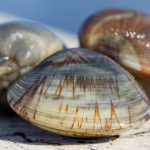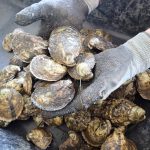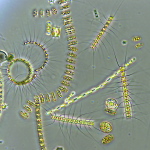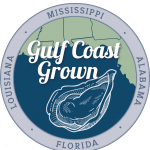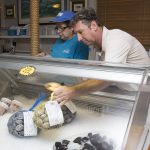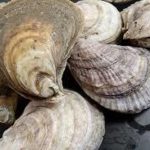
2021-22 Oyster Project Updates
Oyster Culture Workshops were held by the UF/IFAS Shellfish Aquaculture Program on May 4-5th, 2022 at Wakulla County Extension and FSU Coastal and Marine Lab. Workshops provided updates and results of applied research projects conducted in 2020-21 and introduced new projects to be conducted in 2022-23. The agenda, presentations (PDF), and recorded videos can be found at https://shellfish.ifas.ufl.edu/oyster-culture/oyster-culture-workshop-2022/.


